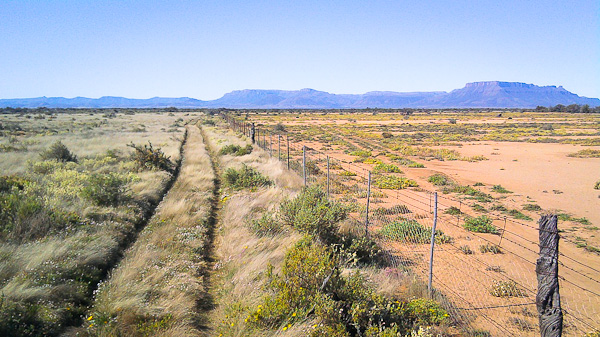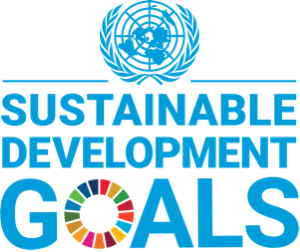Land Desertification can be quite controversial, even when we try to define it. So let’s take a look at the causes, consequences and possible solutions.
Simply put, it is the process that leads previously productive fertile land (even weeds) to an arid, desert-like, appearance.
The reason why it becomes controversial is because people, perhaps scientists even, disagree about the cause.
So let me step up and address some of the controversy in a simple way, based on examples…
Take a look the featured image at the top of this article. It shows two fields, side by side, that clearly have two different ecological makeups. Both are clearly in a warm climate and most likely experience the same temperatures, rainfall, etc. Essentially, bot fields are in the same climate and experience the same weather.
So…and here is the controversy… it is clearly not any global effect, like climate change, that is causing the difference between these fields. It is actually the reverse of that, but I will explain that in a moment.
So, we need to look at these two fields, side by side, and ask the question – “What is different?”
The simple answer (somewhat scientifically proven) is that one has been exhausted by artificial fertilizers, pesticides, herbicides and same-crop farming. The other field, lush and growing, has farmed a combination of plants, maybe chicken, maybe cow, maybe rabbits have been allowed to run wild and a year of weeds has been allowed to grow before being tilled back into the soil.
This article is not, and I am not scientifically qualified to talk, about the science of biodiversity but it works a little like this…
- The fields are full of grass and weeds
- The cows come in to eat the tall grass and weeds
- The chickens come in to eat the shorter vegetation and the bugs and grubs
- The rabbits come in to give the field a short back and sides
- The farmer plants the crop
- Go back to weeks and grass
What are the main causes of Desertification?
Scientific evidence suggests that the loss of the biosystem below the soil – bugs, fungus, bacteria, etc. Leads to a soil that has not structure. Basically, as the loss of diversity below the soil and a loss of shade (think grass and weeds) leads basically to a desert type look and feel to the soil – devoid of all nutrients, bacteria and anything to sustain it against high winds or flooding rains – which will both cause the soil to simply blow away.
What can you do about it?
The simplest thing to do is to look for and purchase ‘Pasture raised’ foods, and that would include beef, chicken, eggs, cheese and milk. Aside from that, organic foods that do not use and herbicides, pesticides or artificial fertilizers.
If possible, look for the word ‘biodiversity’ in a company’s description of their product.
These products are currently more expensive than their mass produced alternatives, but there is a value proposition…. Does your body need huge quantities of cheap food, or does it need nutrition? You may well find that the organic and pasture raised versions are more satisfying and definitely better than dying on Desert Earth.
For a lot more information, National Geographic has a very detailed article.





